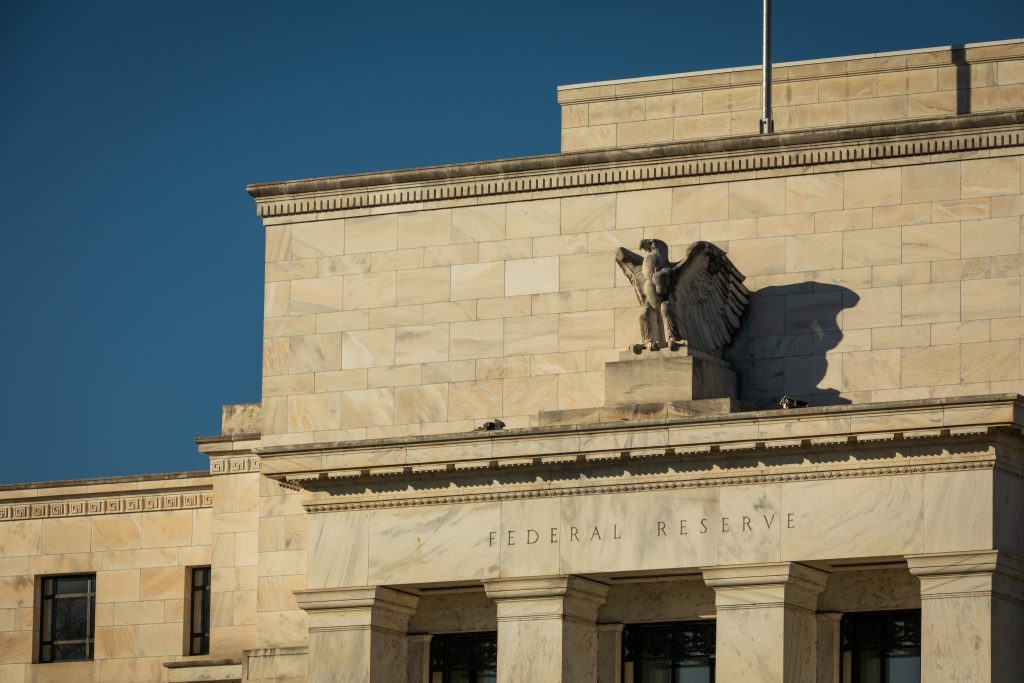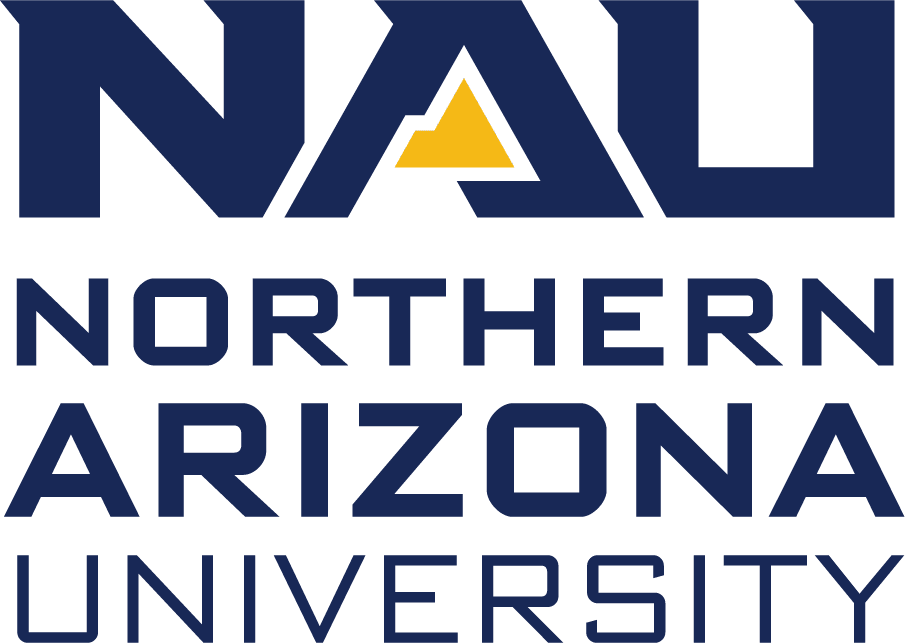In the years after the Great Recession, banks chose to keep some $420 billion in their reserves rather than loan it out to American people and businesses. While many tend to blame the banks themselves for that decision, one Wall Streeter-turned-academic is pointing the finger squarely at the Federal Reserve’s decision to pay interest on banks’ excess reserves.
Raymond Kim, an assistant professor of finance at Northern Arizona University’s W. A. Franke College of Business, said that in the years since the recession, economists across the public and private sectors have offered up several theories to explain the so-called “reserves-lending puzzle”—the mystery around why banks chose to hold onto more of their reserves instead of lending the money out.
Some experts say that as the economy tanked, banks loaned less to small businesses, families and individuals in favor of lower-risk investments such as United States Treasuries. Others say lending dropped because the Fed lowered interest rates.
But in a peer-reviewed paper published recently in the Financial Review, Kim debunked all of those common explanations and provided a new answer to the puzzle: Bank lending decreased because beginning in October 2008, for the first time, the Federal Reserve began paying interest on banks’ reserves.
“Before 2008, banks didn’t earn any interest on the extra money they had lying around, so they had to loan it out to earn interest,” Kim said. “Holding onto their reserves was risk-free, yes, but it wasn’t profitable. Then, when the recession came, the Federal Reserve started paying interest on excess reserves at a rate higher than U.S. Treasuries. Suddenly, lending became high-risk and holding onto reserves became better than risk-free…so they chose to hold onto reserves.”
By analyzing financial reported data from more than 6,000 banks from 2008 to 2017, Kim found that after the Federal Reserve began paying interest on reserves, banks reduced lending by more than 5%, which amounts to about $420 billion over nine years.
Kim said the Fed’s financial incentive to hold on to reserves is the only solid explanation for banks’ years-long decrease in bank lending.
It makes more sense, he said, than the common explanation that lending dropped because banks turned instead to heavy investment in Treasuries, another name for U.S. government debt securities.
“Treasuries are the safest debt in the world because they’re fully backed by the credit of the U.S. government,” Kim said. “If you loaned money to a random person on the street, you’d assume you’re not getting that money back because you won’t see them again. Lending money to the government is much safer since you know that in 10 or 20 years, the government will still be here to pay you back.”
Because of their relative security, banks may prefer Treasuries over lending to higher-risk entities during tough economic times. That’s probably why some economists explained away the Great Recession lending lull by claiming banks were going all in on Treasuries, even driving up Treasury prices in the process.
But Kim said that thinking is all wrong. First of all, “banks only own 4% of total Treasuries, so they can’t impact prices that much.” Second, banks generally buy Treasuries when prices are down, so saying banks drive up Treasury prices is a bit like “saying that I drive up the price of avocados even though I only buy them when they’re on sale.”
On top of all that, Kim’s analysis found that during the Great Recession, banks simply didn’t run toward Treasuries as much as they’ve done in past recessions—and that was likely because of the Federal Reserve’s tantalizing new interest rate on reserves.
“If you’re a bank, and you know you can earn 5% interest from the Federal Reserve, you’re looking at the 4% interest rate on Treasuries and thinking, ‘The Fed is a slightly better deal; I’d rather put a little bit more in my reserves and lend a little less.’” Kim said. “If you’re in a recession and the interest rate on Treasuries drops to 1%, you’re going to invest even more in reserves to get that extra interest from the Fed.”
Releasing research that criticizes the Federal Reserve is risky business: Kim said it took nine years for his paper to be published, not least because his reviewers included people from the Fed itself. But Kim is glad he persisted and shone a light on the institution’s unintended shortcomings.
“If this makes it to Congress, they’ll say to the Federal Reserve, ‘You’re spending our tax dollars to incentivize less lending,’” Kim said. “The Fed doesn’t want any criticism because it could embarrass them or force them to make major changes to the way they work. But some of their decisions have unintended consequences, and they need to realize that.”
Jill Kimball | NAU Communications
(928) 523-2282 | jill.kimball@nau.edu




